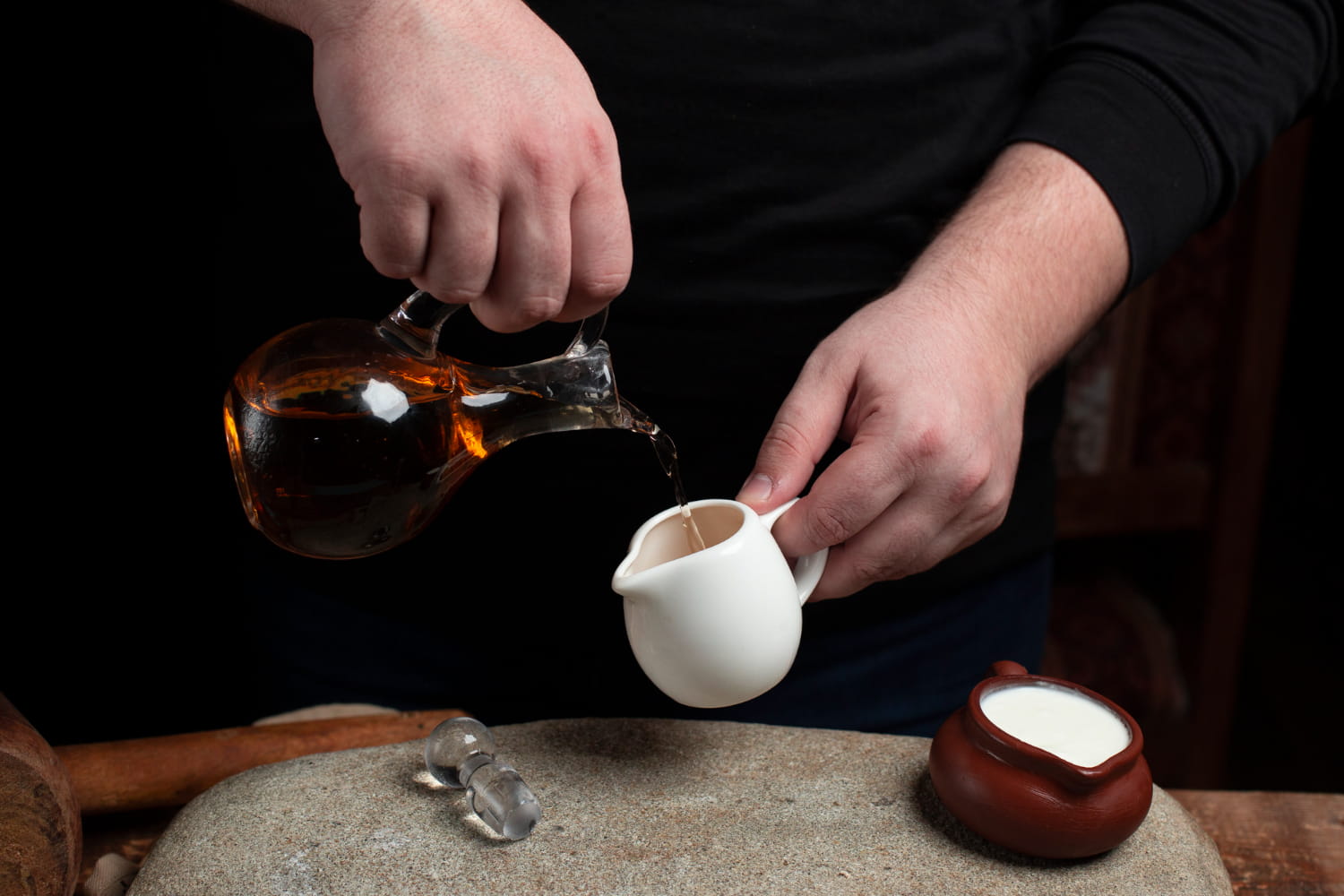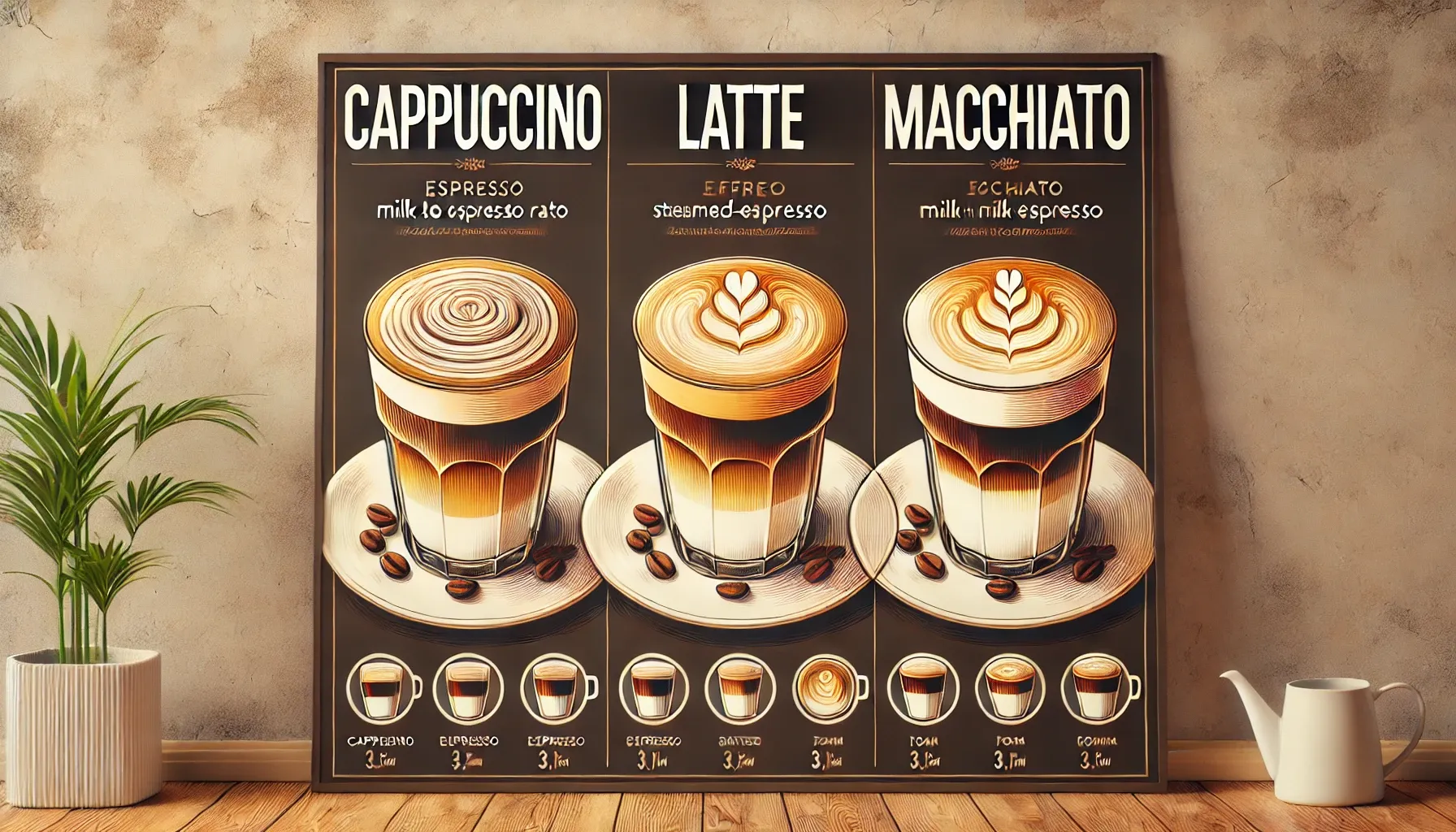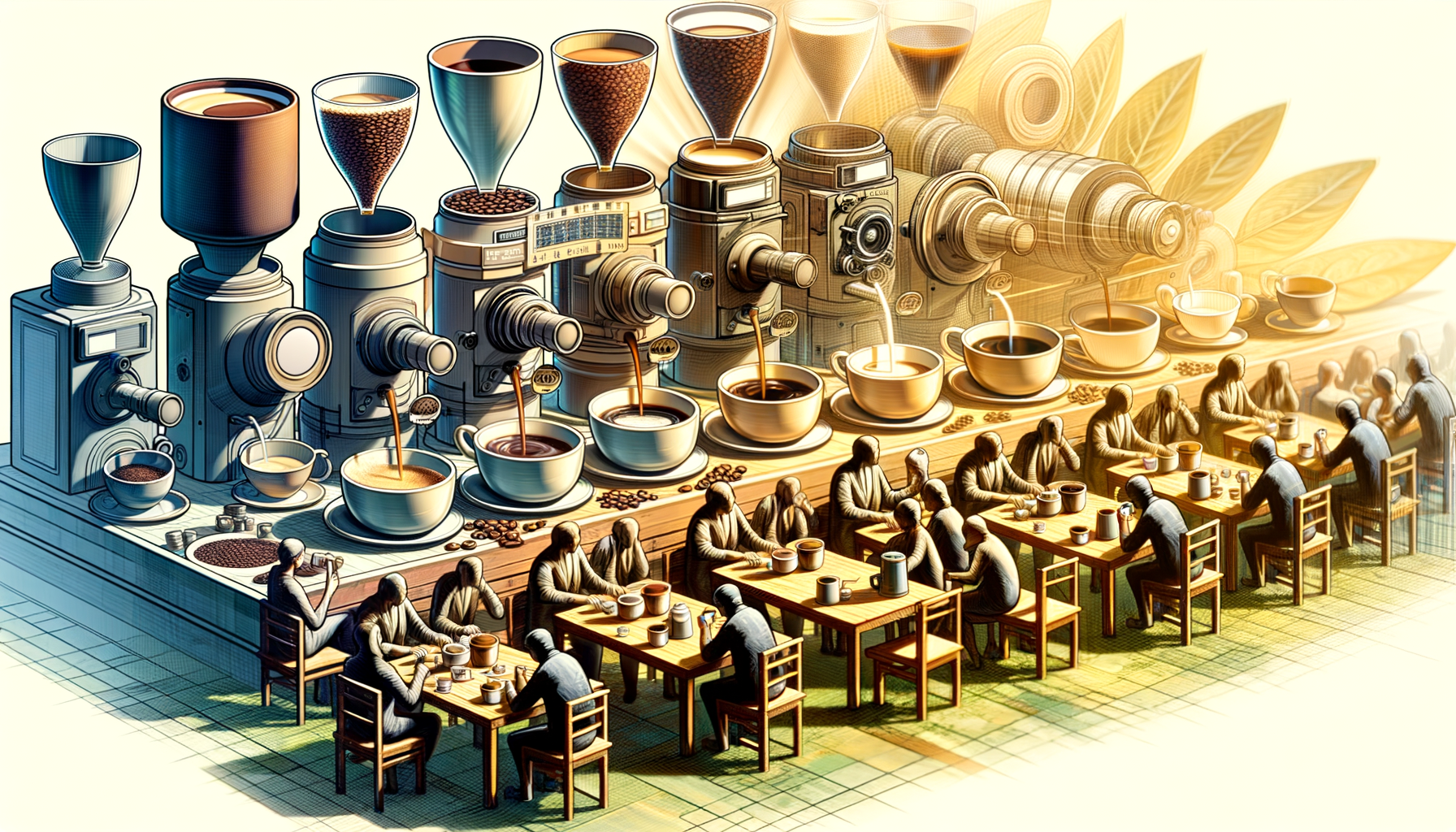Coffee is one of the most beloved beverages in the world, with over 2.25 billion cups consumed every day. While espresso may be the go-to for many coffee lovers, there is a whole world of unique and delicious coffee brews waiting to be explored.
From traditional methods passed down through generations to innovative techniques developed by coffee connoisseurs, these brews offer a new and exciting way to experience coffee.
Let’s take a journey beyond espresso and discover some of the world’s most unique coffee brews.
Table of Contents
The Turkish Coffee Experience
Turkish coffee, also known as “Turk kahvesi,” is a traditional method of brewing coffee that originated in Turkey. It is made by boiling finely ground coffee beans in a special pot called a “cezve” with water and sugar. The result is a strong and flavorful coffee with a thick foam on top.
This brewing method has been around for centuries and is an integral part of Turkish culture. It is often served with a small glass of water and a piece of Turkish delight, a sweet treat made from sugar and starch. The coffee is sipped slowly, allowing the sediment to settle at the bottom of the cup. It is believed that the patterns formed by the sediment can reveal one’s fortune.
While Turkish coffee may seem simple, it requires skill and patience to achieve the perfect balance of flavors. It is also a social experience, with friends and family gathering to enjoy a cup together. In 2013, Turkish coffee was added to UNESCO’s Intangible Cultural Heritage List, recognizing its cultural significance and the art of its preparation.
The Japanese Art of Pour Over Coffee
Japan is known for its precision and attention to detail, and this is reflected in their coffee brewing method known as “pour over” or “drip” coffee. This method involves pouring hot water over freshly ground coffee beans in a filter, allowing the water to slowly drip through and extract the flavors.
What sets Japanese pour over coffee apart is the use of a special kettle called a “gooseneck” kettle. This kettle has a long and narrow spout, allowing for precise control over the water flow. The result is a clean and delicate cup of coffee with a smooth and balanced flavor.
Japanese pour over coffee has gained popularity in recent years, with specialty coffee shops around the world offering this unique brewing method. It is also a favorite among home baristas, with many investing in a gooseneck kettle to perfect their pour over technique.
The Ethiopian Coffee Ceremony
Coffee has been a part of Ethiopian culture for centuries, and the traditional coffee ceremony is a significant part of their social and cultural life. The ceremony is usually performed by a woman, known as the “buna dabo naw,” which translates to “coffee flower.”
The ceremony begins with the roasting of green coffee beans over an open flame. The roasted beans are then ground and brewed in a clay pot called a “jebena.” The coffee is served in small cups and is often accompanied by popcorn or snacks. The ceremony can last up to two hours, with multiple rounds of coffee being served.
The Ethiopian coffee ceremony is a symbol of friendship and hospitality, with the coffee being shared among friends and family. It is also a way to honor guests and show respect. In 2015, the ceremony was added to UNESCO’s Intangible Cultural Heritage List, recognizing its importance in Ethiopian culture.
The Rise of Cold Brew Coffee
Cold brew coffee has become increasingly popular in recent years, with many coffee shops and chains offering it on their menus. This brewing method involves steeping coarsely ground coffee beans in cold water for an extended period, usually 12-24 hours. The result is a smooth and less acidic coffee with a naturally sweet flavor.
Cold brew coffee is often served over ice, making it a refreshing and perfect drink for hot summer days. It is also a favorite among those who prefer a less bitter and acidic coffee. In 2017, the global cold brew coffee market was valued at $215 million and is expected to reach $1.63 billion by 2025, showing its growing popularity among coffee lovers.
Conclusion
While espresso may be the most well-known and widely consumed coffee brew, there is a whole world of unique and delicious coffee experiences waiting to be explored.
From traditional methods steeped in culture to innovative techniques developed by coffee enthusiasts, these brews offer a new and exciting way to enjoy coffee.
So next time you reach for your usual cup of espresso, consider trying one of these unique coffee brews and expand your coffee horizons.





